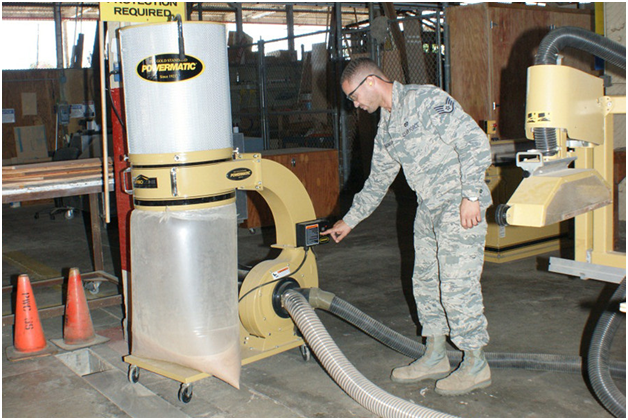A blast gate is a rotating or sliding plate that has the same function as a valve or damper: balancing the volume of air flowing through a branched ducting system. This type of system tends to have various hoods and ducts. Blast gates can simply be used to stop air flowing through an unused part of the duct system.

They are frequently included in the design of a ventilation system because they can enable the pressure drop that results from air going through the gate to be adjusted.
Why blast gates are used
A ductwork blast gate damper is a blade, often made of steel, that moves across the gate to close it. This is a way of ensuring that a heating ventilation and air conditioning (HVAC) system can operate with maximum efficiency. Once some of the gates in the system are closed, a stronger vacuum pressure can be created at any required point in the system where a blast gate is open, such as a point where a lot of dust is being created. Blast gates allow a variable focus on different areas of the installation.

A factory floor might have a blast gate near every piece of equipment that creates dust. By default, the blast gates will be closed. When one of the gates is opened, all the vacuum suction that is available in the system is focused at that point, which maximises the amount of dust collected.
How air gates are different from blast gates
While blast gates from companies such ashttps://www.dustspares.co.uk/Blast-Gate-Damper.html are often open by default, air gates tend to be closed and are activated only when the machine to which they are connected is turned on. When the machine is turned off, the air gate stops operating. In this context, air gates work best with smaller pieces of equipment and individual operators, as the operator does not need to constantly switch the air gate on and off.
Air gates can be used with larger machines, however, and their use can be varied. One of the problems encountered in HVAC systems is that people use dust collectors that are too small to do the job efficiently. If air gates are installed on ducting branches or on small machines that are only used occasionally, dust collection can continue to operate efficiently.
